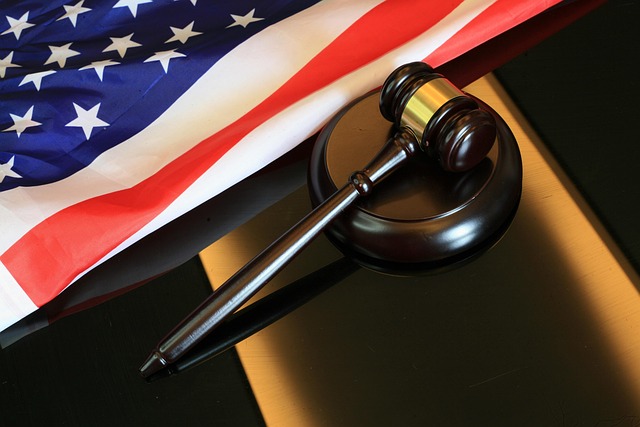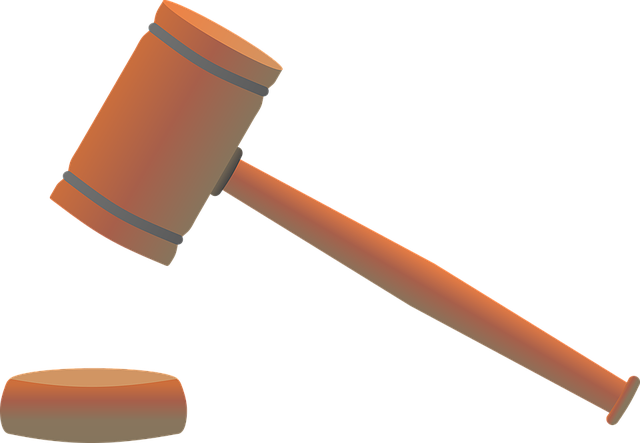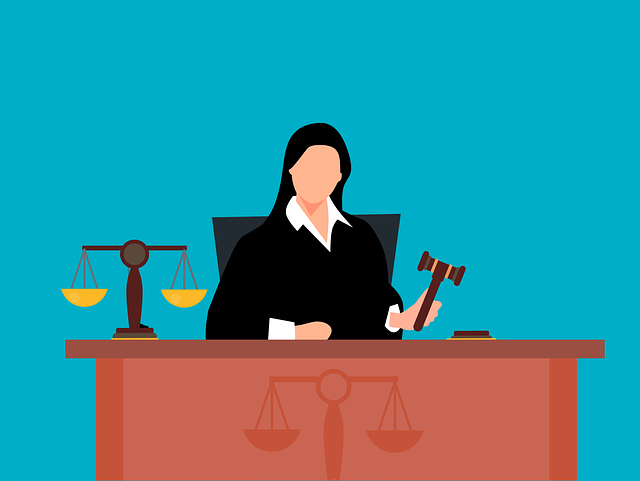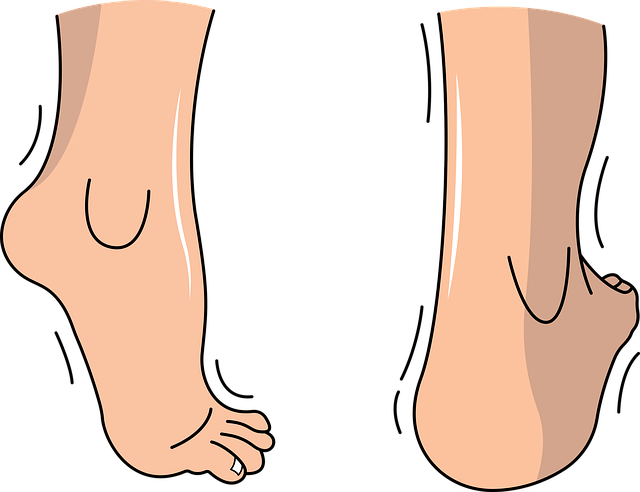Product liability lawsuits hold manufacturers accountable for defective products causing harm to consumers, aiming to secure a product liability settlement for fair compensation. These cases involve complex legal matters, including contract disputes and personal injury claims like auto accidents linked to faulty parts. Gathering robust evidence, such as medical records and product documentation, is crucial for establishing liability and increasing the chances of a favorable product liability settlement. Effective negotiation strategies and strong legal arguments backed by evidence can lead to just compensation for damages and acknowledge suffering.
Product liability settlements demand robust legal evidence to prove negligence and damage. When facing a product liability lawsuit, understanding the law and gathering compelling evidence are crucial steps. This article guides you through the process, from grasping the fundamentals of product liability lawsuits to negotiating and securing a fair settlement. Learn how to navigate this complex landscape, ensuring your case is strong and your rights are protected.
- Understanding Product Liability Lawsuits
- Gathering Compelling Evidence for Claims
- Negotiating and Achieving Fair Settlement
Understanding Product Liability Lawsuits
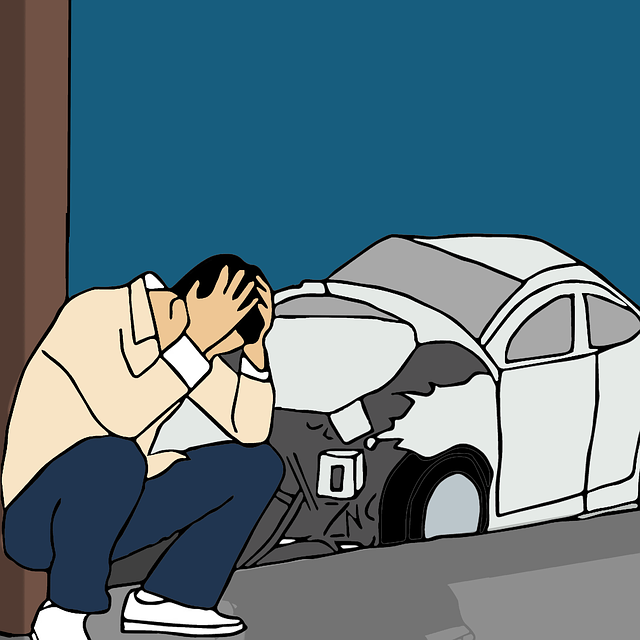
Product liability lawsuits are legal actions taken against manufacturers, distributors, or sellers for producing and distributing defective products that cause harm to consumers. These cases revolve around establishing a direct link between the product’s defect and the resulting injuries or damages. The primary goal is to seek compensation for victims through a product liability settlement, ensuring they receive fair reimbursement for their suffering.
Understanding the intricacies of product liability law is crucial in navigating these complex legal matters. These lawsuits often involve contract disputes over product warranties or safety standards, as well as commercial disputes related to liability for goods and services. In personal injury cases like auto accident injuries, where defective vehicle parts are at fault, victims have the right to seek justice and accountability from the responsible parties through robust legal evidence.
Gathering Compelling Evidence for Claims

In pursuit of a successful product liability settlement, gathering compelling evidence is paramount. This involves meticulously documenting every detail related to the incident, from the initial purchase or exposure to the defective product to subsequent injuries or damages incurred. Personal injury lawyers play a crucial role in this process by assisting clients in compiling medical records, witness statements, and any available product documentation that can serve as legal proof. These efforts are essential for constructing a robust case that convincingly demonstrates the direct link between the product’s defects and the resulting harm, be it personal injury or property damage claims.
For cases involving truck accidents or other high-impact events, specialized evidence may be required. A truck accident lawyer, for instance, would need to examine not only the vehicle’s maintenance records but also crash reconstruction reports to establish liability. This comprehensive approach ensures that every aspect of the case is strongly supported by evidence, thereby enhancing the likelihood of a favorable product liability settlement.
Negotiating and Achieving Fair Settlement
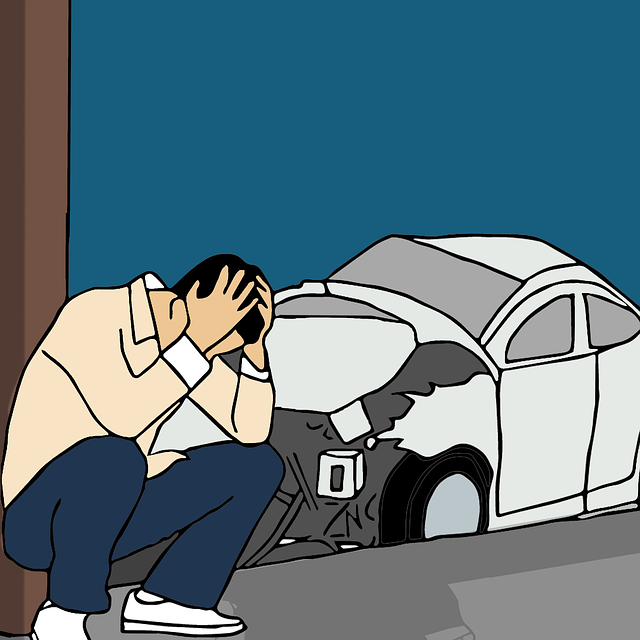
Negotiating a product liability settlement requires strategic approach and robust legal evidence. The process involves presenting compelling arguments that demonstrate how the faulty product caused significant harm, such as serious injuries or even wrongful death. This can include medical records, expert opinions, and thorough investigation reports. By gathering strong evidence, victims can strengthen their case and increase their chances of achieving a fair settlement.
During negotiations, it’s crucial to communicate clearly with the defendant’s legal team, highlighting the severity of the situation. A well-prepared argument, backed by solid facts and data, can lead to a more reasonable offer from the opposing side. Achieving a just settlement not only compensates for medical malpractice or other damages but also ensures that victims receive acknowledgment for their suffering and recognition of their rights under the law.
Securing a favorable product liability settlement requires a comprehensive understanding of legal principles, robust evidence gathering, and effective negotiation strategies. By thoroughly examining product defects, causation, and damages, claimants can build a strong case. Through persistent advocacy and a commitment to justice, they can achieve settlements that not only compensate for harm but also hold manufacturers accountable. A successful outcome in product liability cases necessitates meticulous preparation and a thorough understanding of legal rights, ultimately ensuring fairness for all parties involved.
